“ABB 2CSR275140R1404 – relay, safety circuit” has been added to your cart. View cart
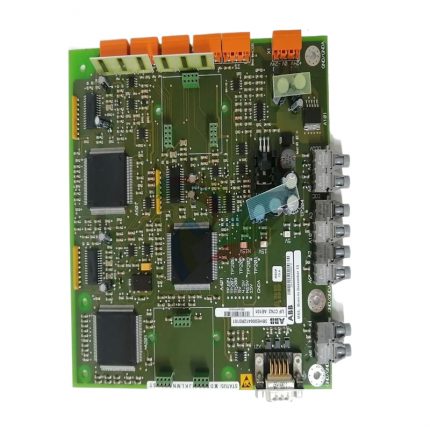
ABB 07DC92D GJR525220R0101 Digital I/O Module
$2,525.00 Original price was: $2,525.00.$2,314.00Current price is: $2,314.00.个

ABB CI627A 3BSE017457R1 Communication Interface
$6,262.00 Original price was: $6,262.00.$4,642.00Current price is: $4,642.00.个
ABB PCD237A101 3BHE028915R0101 excitation control module
$3,773.00 Original price was: $3,773.00.$2,984.00Current price is: $2,984.00.个
ABB PCD237A101 (order number: 3BHE028915R0101) is a high-performance excitation control module designed specifically for synchronous generators, belonging to the core component family of ABB Symphony Plus distributed control system. Its core positioning is as the “control center” of the generator excitation system, which achieves stable control of the generator terminal voltage and reactive power by accurately adjusting the excitation current of the generator. At the same time, it has complete protection functions to ensure the safe and efficient operation of the generator under various working conditions. It is an indispensable key control equipment in scenarios such as power production and industrial self owned power plants.
Category: ABB
Tag: PCD237A101 3BHE028915R0101
Description
ABB PCD237A101 3BHE028915R0101 excitation control module
Product Overview
ABB PCD237A101 (order number: 3BHE028915R0101) is a high-performance excitation control module designed specifically for synchronous generators, belonging to the core component family of ABB Symphony Plus distributed control system. Its core positioning is as the “control center” of the generator excitation system, which achieves stable control of the generator terminal voltage and reactive power by accurately adjusting the excitation current of the generator. At the same time, it has complete protection functions to ensure the safe and efficient operation of the generator under various working conditions. It is an indispensable key control equipment in scenarios such as power production and industrial self owned power plants.
This module integrates ABB’s advanced technology in the fields of power electronics and automatic control, and has the characteristics of high control accuracy, fast response speed, stable and reliable operation. It can adapt to the control needs of complex working conditions such as generator start-up, grid connection, load adjustment, and fault removal, and is widely used in the fields of thermal power generation, hydropower generation, wind power generation, and industrial drive.
Core functions and roles
2.1 Precise excitation regulation and control
The core function of the PCD237A101 module is to achieve closed-loop precise control of the synchronous generator excitation system, which mainly includes two control modes: voltage control mode and reactive power control mode. In voltage control mode, the module collects the generator terminal voltage signal in real time, compares it with the set value, calculates the control signal through PID regulation algorithm, and adjusts the output of the excitation power unit to ensure that the generator terminal voltage is stable within the allowable range, and the fluctuation deviation can be controlled within ± 0.5%; In reactive power control mode, the module accurately adjusts the reactive power output of the generator according to the requirements of grid scheduling or unit operation, achieving reasonable allocation of reactive power and maintaining grid voltage stability.
2.2 Multi condition adaptation and transition process optimization
The module has strong adaptability to working conditions and can automatically switch control strategies and adjust parameters for different operating stages of the generator, such as start-up voltage building, no-load operation, grid transition, load mutation, load shedding, etc. For example, during the voltage building phase of the generator start-up, the module adopts pre excitation control logic to ensure that the generator quickly establishes a stable terminal voltage; At the moment of grid connection, smooth adjustment of excitation current is used to avoid impact on the power grid; When a sudden load change occurs, the module suppresses voltage fluctuations through a fast response algorithm to ensure the stable operation of the unit and the power grid.
2.3 Comprehensive protection and fault handling functions
To ensure the safety of the generator and excitation system, the PCD237A101 module is equipped with a comprehensive protection mechanism, covering multiple functions such as overexcitation protection, underexcitation protection, overvoltage protection, overcurrent protection, and excitation circuit fault protection. When faults such as excessive excitation current, abnormal generator terminal voltage, or excitation circuit disconnection are detected, the module can trigger protection actions within milliseconds. By cutting off excitation, issuing alarm signals, or switching to the backup excitation channel, the fault can be avoided from expanding and the risk of equipment damage can be minimized to the greatest extent possible. At the same time, the module will record the key operating parameters when the fault occurs, providing a basis for troubleshooting.
2.4 System Communication and Collaborative Control
The module supports high-speed communication with ABB Symphony Plus control system and other external devices, and data exchange is achieved through dedicated communication buses such as PPA bus, MODBUS bus, etc. On the one hand, the module can upload real-time operating parameters such as generator terminal voltage, excitation current, reactive power, etc. to the control system and monitoring screen, which facilitates remote monitoring by operation and maintenance personnel; On the other hand, it can receive control instructions from the control system (such as adjusting voltage settings, switching control modes, etc.) to achieve centralized control and coordinated scheduling. In addition, the module also supports linkage control with generator protection devices and speed control systems, enhancing the overall operational coordination of the unit.
Key technical parameters
Order Number
3BHE028915R0101
Module Model
PCD237A101
controlled object
Synchronous generator excitation system
control mode
Voltage control (AVR), reactive power control (QVR), power factor control (PFCR)
Voltage regulation accuracy
± 0.5% (at rated voltage)
response time
≤ 10ms (step response)
Input signal type
Voltage signal (0-10V DC/4-20mA DC), current signal (4-20mA DC), switch signal
Output signal type
4-20mA DC control signal, relay contact signal
Working Voltage
DC 24V ±10%; AC 220V ± 15% (dual power redundant input)
Working temperature range
-10℃ ~ +55℃
relative humidity
5%~95% (non condensing)
communication interface
PPA bus MODBUS RTU/TCP、 Ethernet (optional)
Installation method
Symphony Plus standard cabinet rail installation
Installation and configuration points
4.1 Installation precautions
-The module should be installed in a dedicated control cabinet, which should have good ventilation, dust and moisture resistance, and avoid installation in environments with direct sunlight, high temperature, high humidity or strong electromagnetic interference (such as near high-power frequency converters and high-voltage equipment).
-The module installation needs to be firmly fixed on the guide rail, with at least 10mm of heat dissipation space reserved between adjacent devices to ensure good heat dissipation and prevent performance degradation due to overheating.
-Before wiring, all power supplies and input/output signal sources of the module must be disconnected, and wiring must be strictly carried out according to the wiring terminal diagram, especially for the positive and negative poles of the power supply and excitation regulation signal lines, to avoid module damage caused by reverse connection or short circuit.
-Analog signal lines should use shielded twisted pair cables, with the shielding layer reliably grounded at one end to reduce the impact of electromagnetic interference on signal transmission; The switch signal line should be kept away from high-voltage cables to avoid induced voltage interference.
4.2 Configuration Process
1. Hardware connection: Complete the wiring of module power supply, input signals (voltage and current sampling signals), output signals (excitation control signals), and communication lines. After checking the wiring is correct, connect the power supply.
2. Software access: Add the module to the control system project through ABB Symphony Plus dedicated configuration software (such as Melody Studio) to complete module firmware version identification and compatibility verification.
3. Parameter configuration: Based on the generator model, rated parameters (rated voltage, rated power, rated excitation current, etc.) and operating requirements, configure the core parameters of the module, including control mode selection, voltage setting value, PID regulation parameters, protection setting value (overexcitation multiple, overvoltage threshold, etc.), communication parameters, etc.
4. Logical configuration: According to the control logic requirements of the unit, configure the linkage logic between the module and other equipment, such as interlocking signals with the generator protection device, collaborative control signals with the speed control system, etc.
5. Test verification: Under no-load conditions, test the voltage building function and voltage regulation accuracy of the testing module; After grid connection, test the reactive power regulation performance and response capability during sudden load changes; Simulate various fault scenarios to verify the reliability and accuracy of protection functions.
Common faults and troubleshooting methods
The generator cannot build voltage
Module power failure, excitation circuit disconnection, incorrect configuration of voltage building parameters, excitation power unit failure
1. Check if the module power supply voltage is normal and if the wiring is secure; 2. Check for broken wires or poor contacts in the excitation circuit cables; 3. Verify whether the voltage building parameters (such as pre excitation voltage and voltage building time) are correct; 4. Check if the output of the excitation power unit is normal.
Excessive voltage fluctuation at the generator terminal
Unreasonable PID adjustment parameters, input signal interference, excessive load fluctuation, module hardware failure
1. Optimize PID regulation parameters (proportional coefficient, integration time, differentiation time); 2. Check if the shielding of the input signal line is good and if there are any electromagnetic interference sources; 3. Monitor the changes in load and determine whether it is caused by load fluctuations; 4. Replace the module for replacement testing and troubleshoot hardware faults.
Frequent module protection actions
Protection setting too low, potential faults in excitation system, abnormal input signal
1. Check whether the protection setting matches the rated parameters of the generator and adjust it if necessary; 2. Check whether there are insulation defects, excessive contact resistance, and other issues in the excitation circuit; 3. Check whether the input sampling signal is accurate, whether there is distortion or abnormality.
Communication interruption between module and control system
Communication line failure, communication parameter mismatch, module communication interface failure
1. Check if the communication line is disconnected and if the connectors are loose; 2. Verify whether the communication parameters (address, baud rate, parity) between the module and the control system are consistent; 3. Test the communication interface performance of the module through diagnostic tools to determine if it is an interface fault.
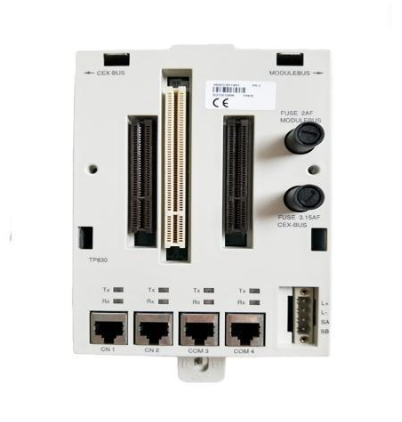
Additional information
| Weight | 7.4 lbs |
|---|---|
| Dimensions | 63 × 36 × 26 in |
Reviews (0)
Be the first to review “ABB PCD237A101 3BHE028915R0101 excitation control module” Cancel reply
Shipping and Delivery


MAECENAS IACULIS
Vestibulum curae torquent diam diam commodo parturient penatibus nunc dui adipiscing convallis bulum parturient suspendisse parturient a.Parturient in parturient scelerisque nibh lectus quam a natoque adipiscing a vestibulum hendrerit et pharetra fames nunc natoque dui.
ADIPISCING CONVALLIS BULUM
- Vestibulum penatibus nunc dui adipiscing convallis bulum parturient suspendisse.
- Abitur parturient praesent lectus quam a natoque adipiscing a vestibulum hendre.
- Diam parturient dictumst parturient scelerisque nibh lectus.
Scelerisque adipiscing bibendum sem vestibulum et in a a a purus lectus faucibus lobortis tincidunt purus lectus nisl class eros.Condimentum a et ullamcorper dictumst mus et tristique elementum nam inceptos hac parturient scelerisque vestibulum amet elit ut volutpat.



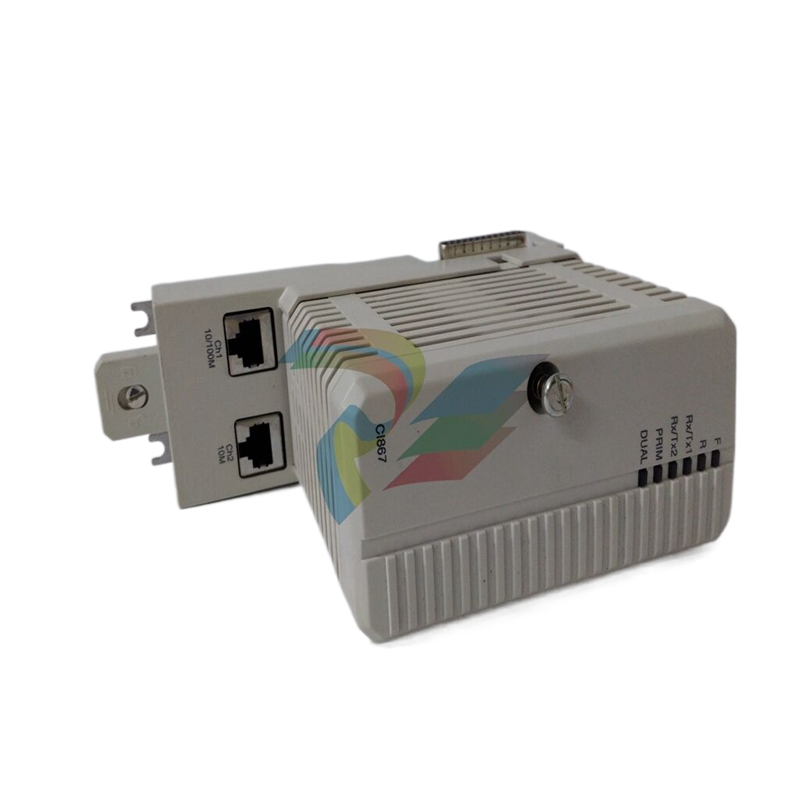
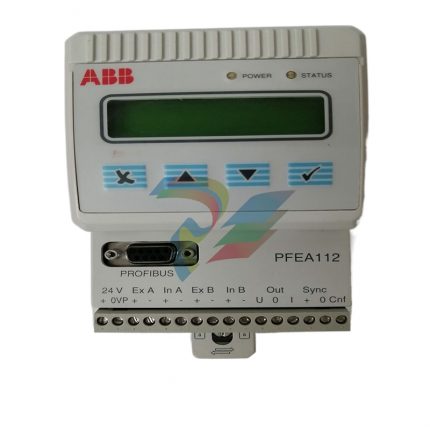
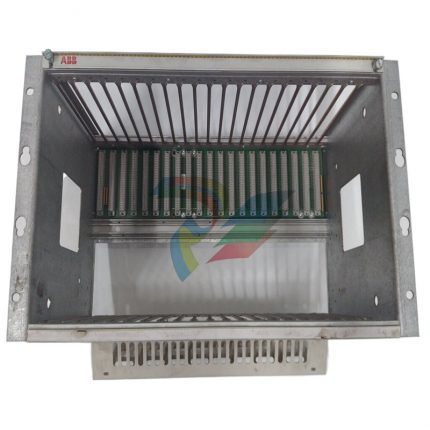

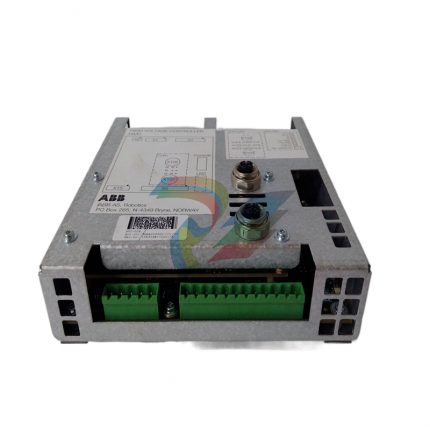

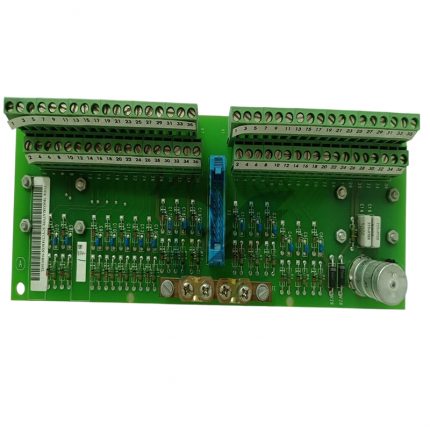
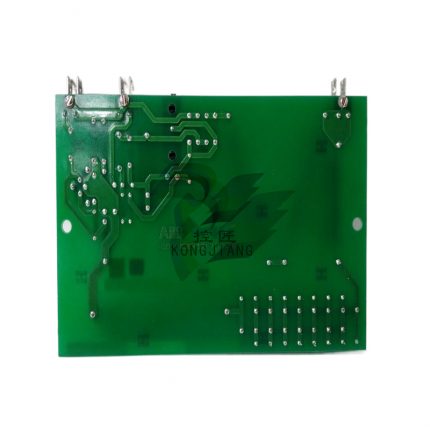
Reviews
There are no reviews yet.